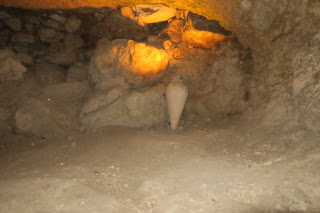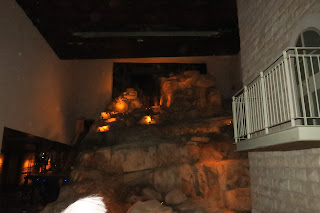The Siloam Tunnel (Hebrew: Nikbat HaShiloah), also known as Hezekiah's Tunnel, is a water channel that was carved beneath the City of David, located in the Palestinian neighborhood of Silwan in eastern Jerusalem, in ancient times.
Its popular name is due to the most common hypothesis that it dates from the reign of Hezekiah of Judah (late 8th and early 7th century BC) and corresponds to the "water works" mentioned in 2 Kings 20:20 in the Hebrew Bible. According to the Bible, King Hezekiah prepared Jerusalem for an impending siege by the Assyrians, by "blocking the source of the waters of the upper Gihon, and leading them straight down on the west to the City of David" (2 Chronicles 32).
The tunnel leads from the Gihon Spring to the Pool of Siloam. The curving tunnel is 583 yards (533 m) long and by using the 12 inch (30 cm) altitude difference between its two ends, which corresponds to a 0.06 percent gradient, the engineers managed to convey the water from the spring to the pool.
|
Queuing to enter Siloam Tunnel. |
|
View of Kidron Valley from the tunnel entrance. |
|
Entering the Siloam Tunnel. |
|
Going down the spiral staircase to the inside of the tunnel. |
|
Descending further towards the water. |
|
Finally we can see the water. |
|
Amphora leaning against one of the tunnel walls. |
|
Large room with rock formations. |
|
Fork inside the tunnel. |
|
Passing over an iron grate that crosses the running water. |
|
Walking through the Canaanite Tunnel. |
|
Leaving the Canaanite Tunnel. |
|
Canaanite Tunnel exit door. |
|
Trail map of the Siloan Tunnel. |
See also
Source
Location















